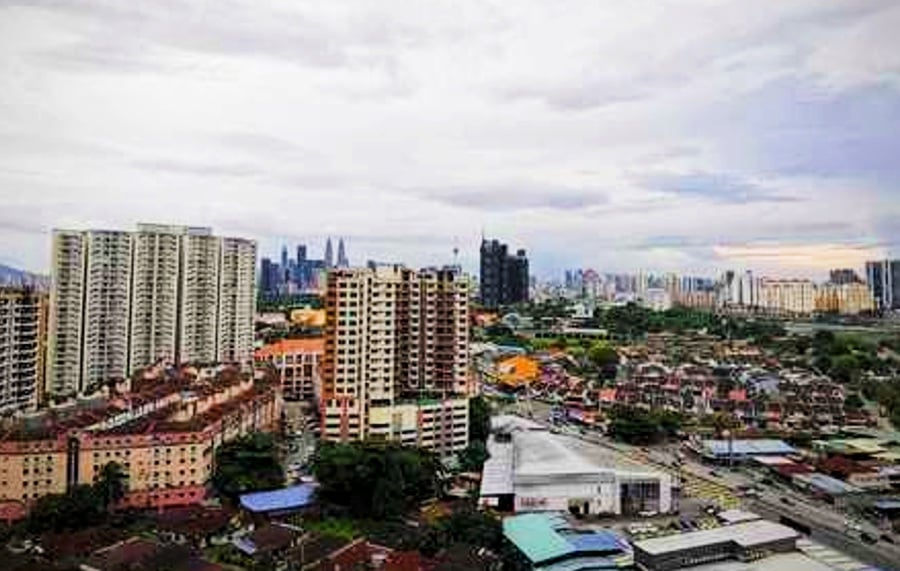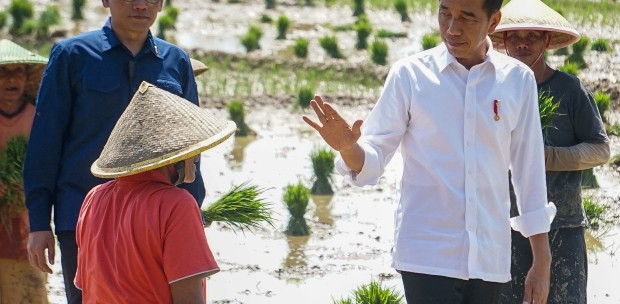SELAYANG: Concerned residents of Taman P. Ramlee and the Setapak township have appealed to Prime Minister Datuk Seri Anwar Ibrahim for a review of proposed developments in the area and urged Kuala Lumpur City Hall (DBKL) to engage with the residents and Wangsa Maju Member of Parliament.
Dr Tan Guat Ming, on behalf of the concerned residents, expressed his concern over the approval of a high-density development without meaningful engagement with the residents and called for the prioritisation of sustainable development principles.
"Despite our efforts to partner with YB Wangsa Maju, we have learned that DBKL is likely to approve the development of two 48-storey blocks with 840 units in Taman P. Ramlee without meaningful engagement with residents.
"It is concerning because it is the tallest and fifth densest condominium among other 29 high-rises within a two kilometres radius," he said.
He added that more than 100 signed petitions were submitted during the protest period but their concerns still remain unaddressed, leading to the need for intervention at a higher level.
"Our community has suffered from unsustainable development practices for too long, leading to negative consequences for our well-being and quality of life.
"We urge you (prime minister) to champion sustainable development principles that prioritise our community's long-term welfare and future generations, aligning with the Madani concept of good governance, sustainable development and racial harmony in our country," he said.
He also highlighted two key areas where unsustainable development poses immediate risks which include traffic congestion and inadequate infrastructure.
He emphasised the exacerbation of existing traffic conditions, with the additional 1,000 cars from the proposed development putting further strain on already burdened roads.
"Many residents have already experienced difficulties in exiting their own gates during peak hours, where a short stretch of 350 metres can take more than 10 minutes to navigate.
"Despite the presence of traffic police to manage congestion during peak hours, I can only imagine the worsening traffic conditions once the proposed development is given a green light," he said.
He also drew attention to the inadequate infrastructure in Taman P. Ramlee, which was originally designed to support low-rise development.
"Taman P. Ramlee was originally designed in the 1960s to support low-rise development.
"Therefore, the existing infrastructure, including roads, water supply, schools and drainage systems, are ill-equipped to sustain the increased demands resulting from high-density development.
"The existing drainage system is inadequate to support high-rise development and has already led to rising cases of dengue fever.
"The strain on schools due to increased population density is also a significant concern," he added.





